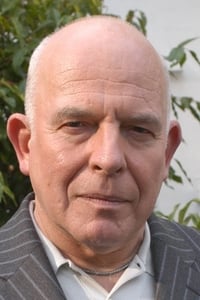Animals of the Ocean Desert
Genres
Documentary
OverView
For two-thirds of the year, the Little Rann is a desert. Suddenly, in August, monsoon winds whip up the Arabian Sea and carry it 100 km inland. The desert and these mounds soon become islands and homes to high concentrations of rarely-seen, endangered and spectacular wildlife.
Others
Budget
$--
Revenue
$--
Status
Released
Original Language
English
Runtime
50 mins
Rating
0/10
Release Date
21 June 2001
Country

